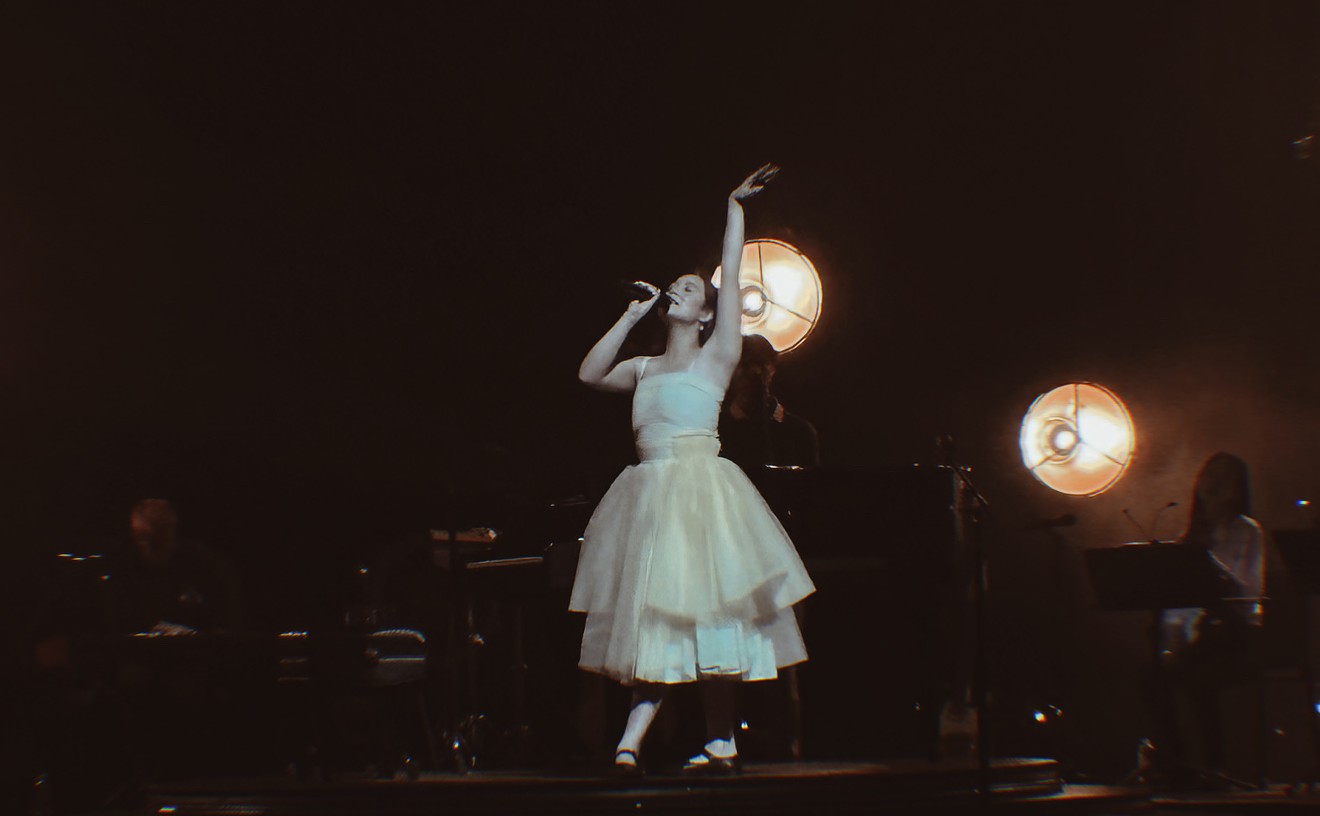The boy, called Gyuri Koves in the film, is based on Imre Kertész, the Nobel Prize-winning Hungarian writer who, at 14, was sent to Auschwitz, then to a succession of other camps. Kertész detailed his experiences in his 1975 "autobiographical novel" Fateless, which he also adapted for the big screen. He entrusted his story to first-time director Lajos Koltai, an award-winning Hungarian cinematographer whose work includes Mephisto and The Legend of 1900.
Although the Second World War began in 1939, German troops didn't occupy Hungary until March 1944. Prior to that, Hungarian Jews faced heavy restrictions on both their personal and professional lives, but they were better off than their brethren in other parts of Europe. By May of '44, however, the first Hungarian Jews were put on cattle cars and transported from Budapest to the death camps. By the time the Allies retook the country nine months later, 600,000 Hungarian Jews had been killed.
Gyuri (Marcell Nagy) is a typical adolescent. He attends school, hangs out with friends and has a crush on the girl in the upstairs apartment. The war taking place outside his nation's borders is hardly on his radar. But once the Nazis enter Budapest, his life changes. A boy who never felt particularly religious is suddenly defined by the yellow star he must wear whenever he leaves his house.
Shortly after his father is taken away by the Germans, Gyuri himself is arrested, herded onto a cattle car with hundreds of other Jews and deported to Auschwitz. Deemed fit to work, he is spared the gas chamber and transferred to the Buchenwald labor camp.
Many films have overtly busy story lines and a regrettable lack of nuance; Fateless, on the other hand, is all subtlety and little onscreen activity. Only twice do we see Gyuri and the other prisoners engaged in physical labor: shoveling rocks from a railroad car and carrying heavy sacks on their shoulders (the most painfully eloquent moment in the film).
The majority of the scenes show the men waiting in line for their meager meals, stumbling around the yard in a state of exhaustion and starvation or standing at attention all night, denied even the momentary escape of sleep. Yelled at and beaten, they can do little but endure the horrors of the camp. Those who cannot, die.
Gyuri accepts his situation with inexplicable equanimity. Desperately hungry and cold, he seems on the verge of giving up more than once. Were it not for an older inmate, a Ukrainian political prisoner with an indomitable will to survive (played by Aron Dimèny), the boy would perish.
Unfortunately, Gyuri's passivity works against the film. Unable to understand what lies behind his strange composure, the viewer is kept at an emotional distance. Certainly the boy's intense suffering is evident from the astounding physical toll that his body endures. Lanky to begin with, young Gyuri wastes away in front of our eyes; his increasingly gaunt face and hollow expression leave little doubt as to his ordeal.
Most of the actors and extras portraying the camp victims are little more than corpses by the end of the film--one of the harrowing touches that makes the events onscreen so realistic. But viewers still need a window into a character's soul if they are to connect on a deep emotional level. And that is missing here.
Oddly enough, this seems to be Kertész's intent. When he was awarded the Nobel Prize for Literature, he was cited for "writing that upholds the fragile experience of the individual against the barbaric arbitrariness of history." In today's world, anything can happen to anybody at any time. It is a point that was brought home to Americans on September 11. In life, we are engulfed by random events over which we have no control. Before Gyuri is even arrested, his uncle tells him that he is "part of the common Jewish fate--thousands of years of relentless persecution that we must bear with patience..." It's unclear whether this is why the boy seems so accepting of his misfortune or whether his experiences in the camp lead him to reject the concept of destiny.
Fateless raises many such metaphysical questions. While the emotional pull of the film is less than desired, the surreal beauty of the images leaves one speechless. Director Koltai entrusted the cinematography to the extraordinary Gyula Pados (Kontroll), whose mesmerizing black-and-white images (all color drains from the film during the concentration camp scenes) both capture and belie the horror of the story's setting. Faces are like etched drawings, hushed portraits of human suffering. It's more than how the images look; it's the indelible feeling they communicate.










